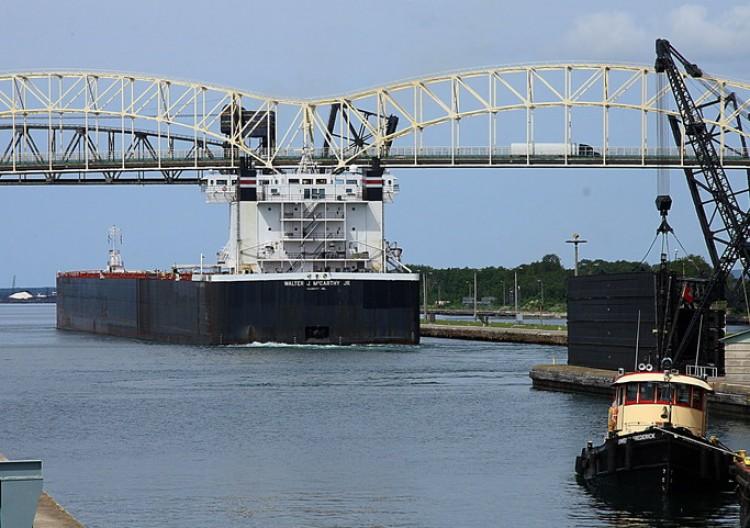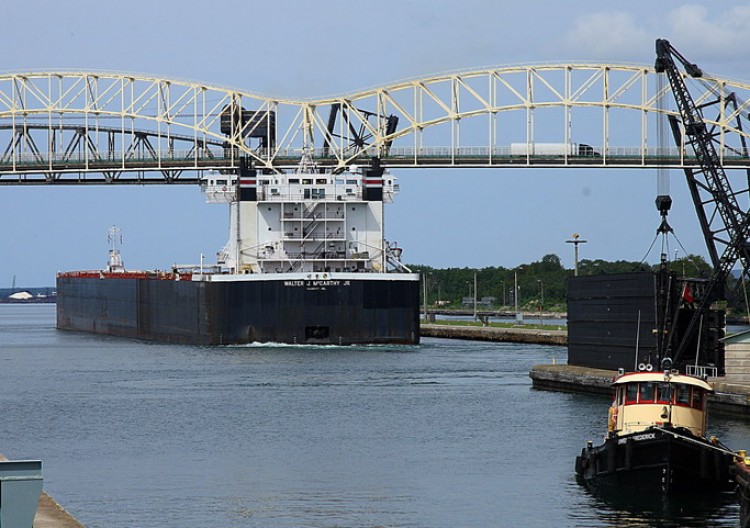New York’s Plan Good for Great Lakes, Says Citizens’ Group
New York State should proceed with tough regulations on ballast waters to protect the Great Lakes from invasive species despite concerns that the proposed rules could have a negative economic impact, says the Council of Canadians.

Joan Delaney
Senior Editor, Canadian Edition
|Updated:





